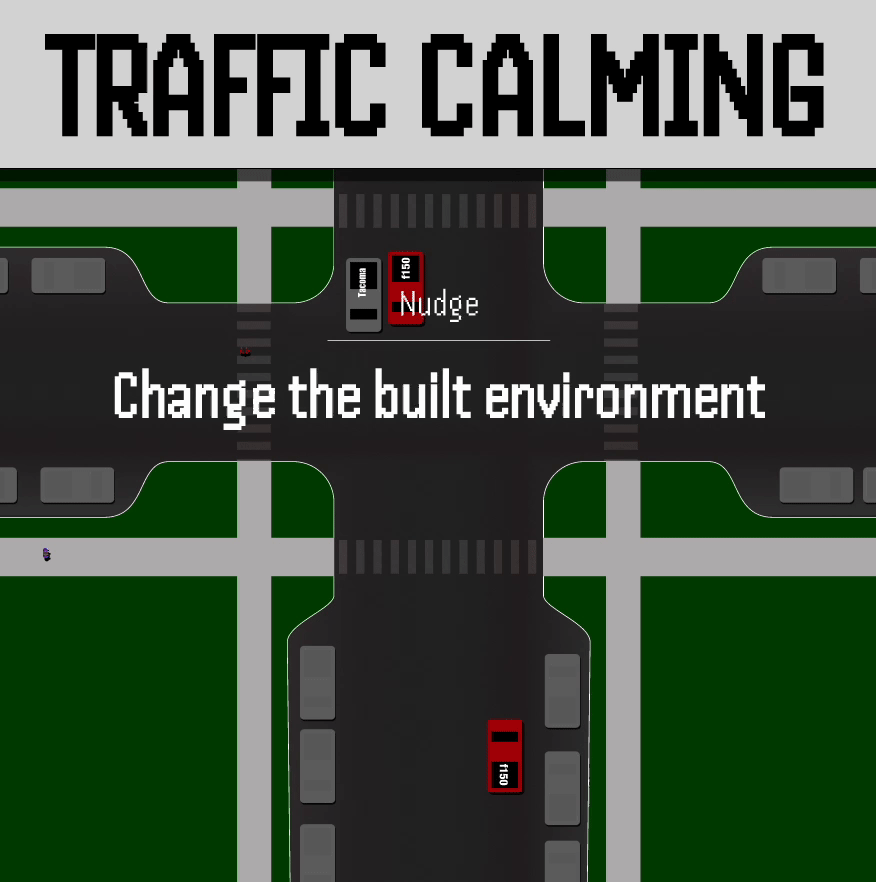When design fails
A year ago, I took a course about urban design through CU Denver. Since then, I have been on this path to learn more about how cities are built. My general lack of enthusiasm for driving is a significant motivation for this. I have never been a car person, and the loss of several friends and family members to car violence has pushed me further away from car culture.
This has led me to hunt for places to live that are close to public transit. Once you start to do that, you start to dig into what types of buildings are being built, and before you know it, you are learning about zoning codes and the complicated matters of urban planning.
I work as a product designer. One of the core tenets of design is learning.
Designers do research, observe the world, make some mockups, and try things out. We want to try new ideas and see what works. Make adjustments and build something great for the end user.
This is where urban design has failed. Urban design got stuck. When automobiles were first beginning to take over roads, there was a lot of experimentation. There is a lot of learning going on. Governments had to come up with new laws and guidelines. This accelerated post-WWII when The US shifted into suburbs—building lots of new housing and roads. The guidelines solidified at this point.
The thinking at the time for road design was driver safety. Drivers would be safe if we built wide strait roads with few obstacles. We put those into laws and guidelines, and we stopped learning. We stopped the design cycle. We now know that those are entirely incorrect. Creating a wide, straight road with little obstacles gives drivers the feeling of safety. At which point they feel they can drive faster. The faster a vehicle is moving, the higher the risk.
In the US, our minimum recommended lane width is 11 feet. In Europe, the average lane width is 9 feet. Now we have bigger cars that are more dangerous. In our effort to make roads safer, we have done the exact opposite.
We have created the illusion of safety and accepted the results. We don’t question that there will be crashes.
It feels similar to the parenting movements. Current parenting books and wisdom push parents to let their kids experience risks. Let them climb on things and take some tumbles. They need to learn, and learning takes failure.
In our city design, we tried everything to protect drivers to the point that drivers don’t realize the risks. They have been so protected that doing 60 in a city doesn’t feel wrong.
The movement to change this is often called traffic calming measures. It’s an appropriate term that gets people fired up. The wisdom now for reducing traffic fatalities, CO2 emissions, and congestion is all pretty well defined, yet it often feels counterintuitive at first glance. Adding a new vehicle lane does the opposite of what you expect. Time after time, we have seen that adding a lane doesn’t reduce traffic. It increases it. Traffic calming measures slow down the speed of traffic. This improves efficiency by making the roads safer. Fewer crashes happen, and fewer traffic jams occur. Slower speeds decrease travel time. That is counterintuitive, and it has been proven over and over again. This is urban design; we are not discussing traveling a hundred miles on a highway. That should be done by excellent passenger rail, but that is another post for another day.
Curb cuts are a great example of how slow we are to change our built environment. 99% Invisible, one of my favorite podcasts, explores this topic in detail.
Guidelines are changing. Many departments of transportation are beginning to shift some of their guidelines to align with what we have learned over the past sixty years. Yet, it is slow progress. In the tech world, we call it waterfall. Concrete and asphalt don’t change quickly. These ideas face a lot of resistance from many angles.
If you want to dig in more, an excellent intro book is Street Fight by Janette Sadik-Khan and Seth Solomonow.

